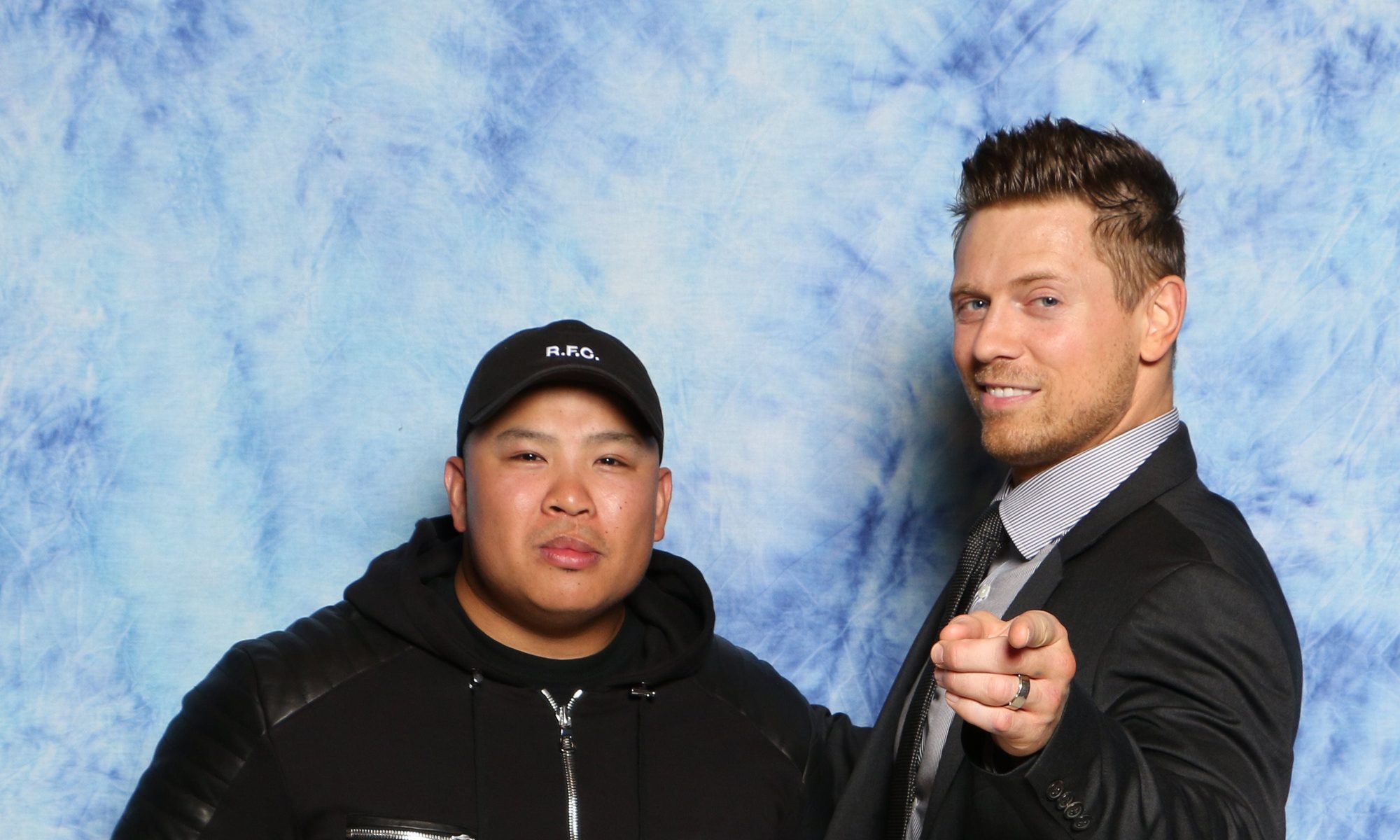
In the wake of this past fall’s blockbuster story about movie executive Harvey Weinstein’s sexual assault/harassment history, a delicate issue has been given a large spotlight. It is a sensitive subject where recounting and expressing horrendous firsthand experiences are an extremely painful memory. This day in age in social media where we are looking to post the best angle of our selves, the best destination we’ve traveled to or what our favourite foods are, all took a back seat when this became a major news story. Here are three things we have learned from all of this.
Social media helped create an open dialogue on sexual assault
What was once a taboo subject to talk about it, was now put on an international scope with millions of people chiming in on this topic. The October 5th article written by the New York Post and the October 10th investigation piece by the New Yorker helped bring attention to one individual but in essence, triggered a much larger effect. It helped establish communication among society through multiple social media platforms. A subject matter as delicate as this where people were afraid to come forward, opened a gateway for those to feel safe and not embarrassed to share their experiences. As of this writing, 34 men from various public industries have seen their careers affected, majority by termination.
If you’ve been sexually harassed or assaulted write ‘me too’ as a reply to this tweet. pic.twitter.com/k2oeCiUf9n
— Alyssa Milano (@Alyssa_Milano) October 15, 2017
The tweet that started the #MeToo hashtag
Twitter is not dead
Some people who might have not use the micro blogging site anymore like they used to, as other social media apps occupy their interests. But in this case, the subject matter of sexual assault/harassment was most detailed in 140 characters at the time. It was the perfect platform for other users to read detailed accounts of others while a community engaged and exchanged support for one another. Actress Alyssa Milano can be credited for her October 15th tweet that opened up the floodgates for millions to interact and discuss this subject matter. For that entire week, 96.9% of the #MeToo hashtag trend came from Twitter. With the recent increase to 280 characters, Twitter has demonstrated that their platform still has value and people still use the platform to share whatever is on their mind.

Sexual assault/harassment is never acceptable
We have seen a large group of brave women, no longer in silence recount and continue to share their horrific stories. It takes a lot of courage for them to find the inner strength and share private details that are emotionally scarring. In addition, even a few men have stepped up and shared their stories that have affected them for years. It is a painful reminder that under no circumstance, should a woman’s safety, well being and emotional state ever be violated in or out of the workplace. Regardless if you are a famous public figure, an entertainer, athlete, politician or even a regular Joe Schmo, everyone should be treated equally with respect.

The Aftermath
Thanks to social media, the subject matter of sexual assault/harassment was bright to light on a large scale in 2017. How this news story broke out and caught steam among the masses could greatly be attributed to social media. Was it a slow news week? Or was is just about time for this topic to no longer be considered taboo and given some serious thought? Regardless, what came out of this was an overdue discussion on this sensitive issue. People’s voices were heard, people’s personal guilt came forward and public shaming became more prevalent. Ultimately, this could be just the beginning of other potential issues in the world that could spark international interest, stay tuned.


